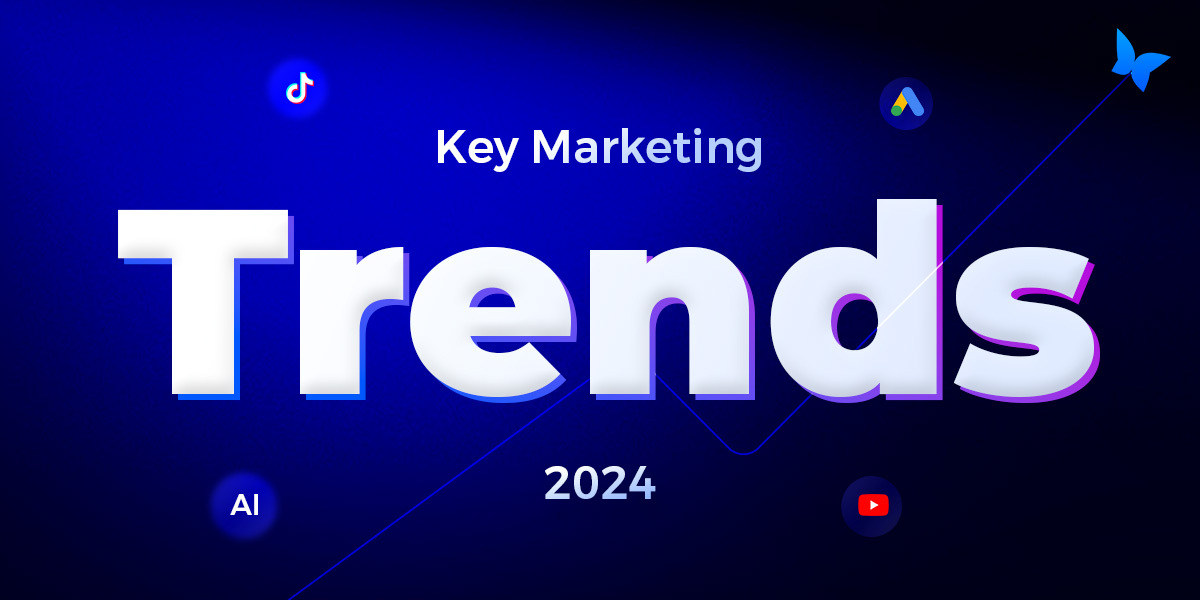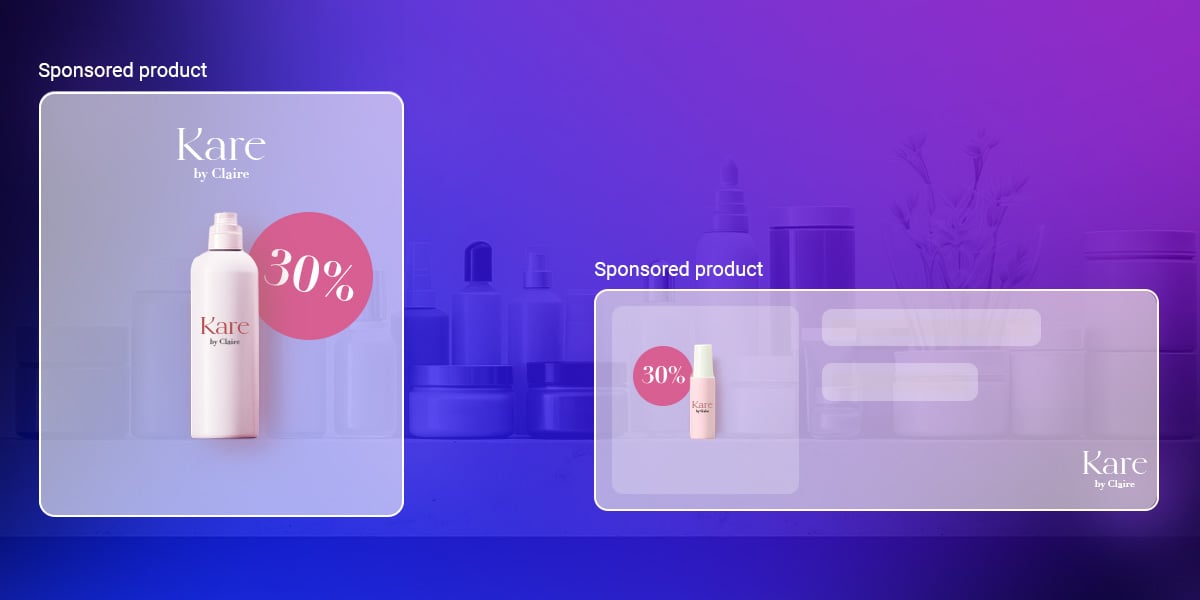
Preparing for a Cookie-less Future: What Digital Marketers Need to Know
Third-party cookies have been a hot topic in the digital ad industry since Google announced the third-party cookies phase-out in Chrome in 2020, responding to the increasing demand for privacy online. Taking place in 2024 leaves marketers with a limited amount of time until the change goes into effect. However, Google is not the first tech company to remove third-party cookies from their browsers. Apple’s Safari and Mozilla’s Firefox have already done so in prior years due to privacy reasons.
To learn more about how the upcoming changes in cookie usage will affect marketers, we sat down with our Performance and Insight Manager, Caroline Blomqvist, to hear her thoughts on the future. So why do we need third-party cookies in the first place? The answer is fairly simple; as digital marketers, we want to stay relevant with our audience, and third-party cookies allow us to do so through cross-site tracking, frequency capping, and conversion attribution, among other factors.
Even though the shift towards increased privacy online – resulting in the so-called “death” of the third-party cookie – has been happening for a long time, many marketers are still unsure how to navigate this changing landscape.
What will the effects be?
As of today, there is no straightforward substitute for third-party cookies, although the ad industry is working on developing user-level identifiers. A few ID solutions that could provide similar kinds of data are about to hit the market. Once Google removes third-party cookies, we will likely see a similar trend as when Apple released their IOS14, meaning smaller cookie pools/target groups, loss of data and an initial decrease in campaign ROI. However, it is still too early to draw any concrete conclusions on how a cookieless future will look. Although, it is safe to say that this change will affect everyone – from users to advertisers and publishers.
The future: How to deal with the death of third-party cookies
Due to the size of Google’s market share, compared to other companies that have previously removed third-party cookies, the full extent of how this will impact marketing efforts is still a mystery. But with new technical tools being developed and other changes happening, it is a safe bet that the landscape will continue to change. This means marketers should not just sit back and wait for this shift to happen; there are actions you can take right now to ensure you are prepared for a cookie-less world.
1) Make sure you know how to leverage your first-party data
First-party cookies will become increasingly important for online marketers, so if you are not actively working with it, now’s the time to get started. As first-party data is shared directly by your customers, it makes the information highly trustworthy. From this data, you can learn about your audience and their purchasing patterns and processes.
2) Work with contextual targeting
With contextual targeting, users will see ads based on the content they consume rather than their data and behaviour. The most common types of contextual marketing would be Keywords and Topics. For example, a user is viewing content about fashion and will then be served ads for clothing. Looking at the aftermath of Apple’s IOS14 release, this form of targeting has grown in popularity and is only projected to increase further in a future without third-party cookies. If you are not already working with contextual targeting, the first step would be to revisit your personas and map out what content they consume and where – followed by identifying which of your current ad-platform targeting options overlap with your personas’ consumer behaviour.
3) Get to know subscription-based platforms
We will likely see an increase in subscription-based platforms and blocked content that requires users to log in. This will be the publisher’s way to recover some control over user information in order to stay relevant with audiences.
As the cookie-based approach fades away, ensure you stay ahead of the curve by proactively adapting your marketing strategy to the new landscape now.
Want to get the latest insights in your inbox? Subscribe to our newsletter today!
What’s cookie-ng? 🍪
First-party cookies refer to data stored directly by the domain the user visits. The purpose of these cookies is both functional, like remembering language settings, and analytical, like collecting analytics data such as page visits for the website owner.
Third-party cookies refer to data created by domains other than the one users visit and are accessible on any domain that loads this kind of code. Third-party cookies are mainly used for advertising purposes.
Share this article






